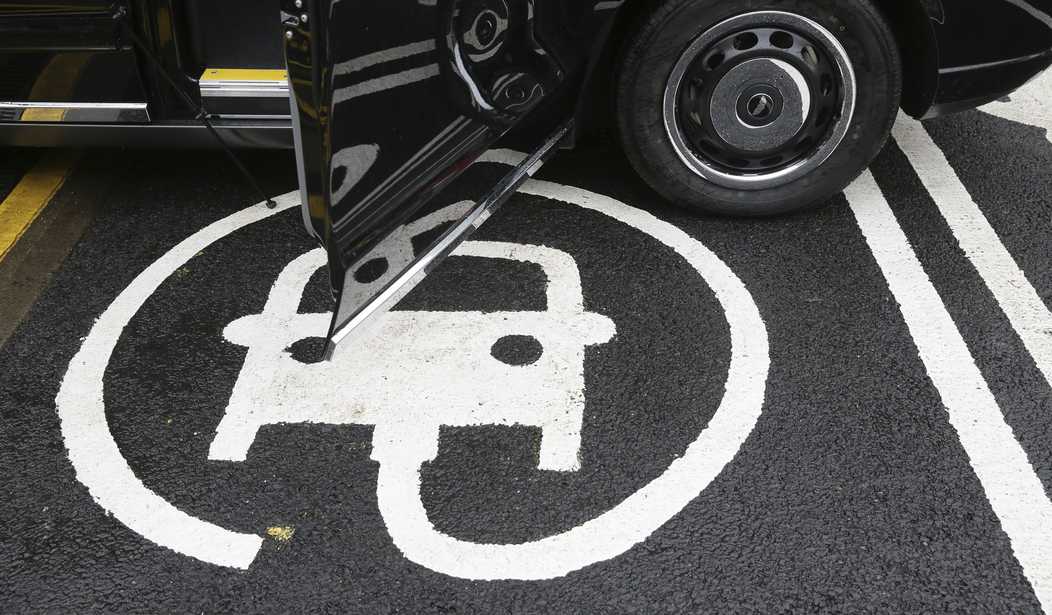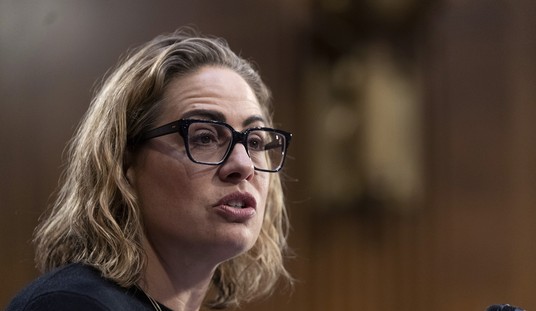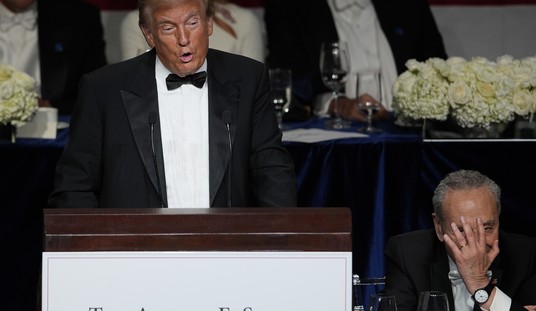The first obstacle for any product is building a customer base. Getting their product into the hands of enough satisfied people who help drive demand for more of your widget, whatever it may be. If your widget has a practical application to everyday life, and does some aspect of it in, say, more comfort, or faster, or more efficiently, then you have a leg up on the competition as well, and you can milk that puppy all the way to like bank.
Past examples would be restaurant chain Chipotle’s bouts with food poisoning scares. What did sammich, soup, and muffin competitor Panera do?
Start advertising as the place to get “clean food.”
Business is a brutal sport when you already have a product a majority of your customers want and you are only trying to lure them to choosing yours.
Where business turns into a death match is when you’ve bought into manufacturing a product which already had limited appeal, but, even as your competition and costs increase, it’s losing what little appeal it had to begin with. This is the conundrum now facing the electric vehicle industry. As the buying public becomes more familiar with EVs – their manufacturing process, pluses and drawbacks – electrics seem to be losing even their shiny luster of new and cool. As it stands now, EVs are at risk of becoming a niche market instead of dominating the roads as envisioned.
People aren’t buying the hype or the vehicles, as EV truck makers are discovering.
Has Biden’s EV revolution ALREADY lost its spark?
Experts say motorists are rejecting White House push for electric vehicles – as Ford and GM both scale back on production of their eco pickup trucks…But despite initially promising sales, Americans now seem increasingly disinterested in swapping out their combustion engine trucks for electric equivalents.
‘Electrification is a governmental and environmental initiative. It is not consumer driven,’ said Joe McCabe, President and CEO of automotive consultancy AutoForecast Solutions.
‘The demand for electrified vehicles is not meeting or exceeding supply so we’re at a point where [manufacturers] may have to pare back on this EV initiative because the new set of buyers are going to be a more difficult hurdle to clear,’ he added.
Americans especially do not like being pushed into – or out of – anything by the government, nor being forced by that same government to subsidized someone else’s ideology. Which is, to be perfectly honest, how a good many people see the entire renewable scam. Taxpayers feel as if they’re footing the bill for a virtue signaling social crusade, and none of it benefits them in the least, from utilities that twitch but cost a fortune, to being shoved out of their beloved F-250 onto a city bus or into an EV.
Now that some of the infrastructure plans and EVs themselves have been around for a bit, it turns out taxpayers might just be right to be torqued off about the bill of goods they’ve been sold.
They are subsidizing someone else’s Green fever dream.
A sweeping first-of-its-kind analysis published by think tank Texas Public Policy Foundation (TPPF) concludes that electric vehicles (EV) would cost tens of thousands of dollars more if not for generous taxpayer-funded incentives.
According to the TPPF report — authored by energy experts Jason Isaac and Brent Bennett — the average model year 2021 EV would cost approximately $48,698 more to own over a 10-year period without the staggering $22 billion in taxpayer-funded handouts that the government provides to electric car manufacturers and owners. The analysis factors in federal fuel efficiency programs, electric grid strain, and direct state and federal subsidies.
“It is not an overstatement to say that the federal government is subsidizing EVs to a greater degree than even wind and solar electricity generation and embarking on an unprecedented endeavor to remake the entire American auto industry,” the report states. “Despite these massive incentives, EVs are receiving a tepid response from the majority of Americans who cannot shoulder their higher cost.”
…”Electric vehicle owners have been the beneficiaries of regulatory credits, subsidies, and socialized infrastructure costs totaling nearly 50 thousand dollars per EV,” he said. “These costs are borne by gasoline vehicle owners, taxpayers, and utility ratepayers, who are all paying a hefty price for someone else’s EV.“
Both the money they’re spending and how much more they are going to need to pull this scam off in addition to the logistics is mind-blowing. I don’t have to tell you who gets to foot the bill.
…A “net zero” society inherently favors the haves over the have-nots. Renters and low-income families aren’t as likely to own private chargers, and electricity purchased from public chargers can cost five to 10 times as much as charging privately in a garage at home. To avoid penalizing the little guy, federal EV mandates require that 40% of benefits pay for public chargers in disadvantaged areas, while California requires that at least half go to such “equity” communities, where relatively few people currently drive EVs.
The numbers of chargers and logistics – just for CA – are staggering. I’m not even going to ask the question, because it’s obvious no one did the math.
They have now.
…According to a California Energy Commission assessment, California will need more than 2.4 million public chargers to accommodate about 15.5 million electric cars, trucks, and buses by 2035. That breaks down to 2.11 million chargers (including 83,000 fast chargers) to support 15.2 million electric cars, as well as 256,000 depot chargers and 8,500 public chargers for 377,000 trucks and buses.
…Those chargers will have to be installed at curbsides, parking lots, parking decks, grocery stores, restaurants, convenience stores, big box stores, office buildings, strip malls, shopping centers, movie theaters, and a host of other locations so that drivers always have ready access to plug-in.
By comparison, California now has about 11,000 gas stations, convenience stores, and other businesses that sell gasoline, which roughly converts to about 110,000 individual gas nozzles, according to an estimate by Jeff Lenard, vice president of Strategic Industry Initiatives at the National Association of Convenience Stores. That means the transition from fossil fuels to electrons will require California to install at least 20 EV charging ports for every gas nozzle by 2035.
Not all chargers are equal, so the new EV infrastructure will require significant changes in driving habits. While so-called fast chargers can bring a battery to 80% of capacity in under an hour, most of the new public chargers will be cheaper, Level 2 technology, which provides between 5 miles and 60 miles of range for each hour of charging, and isn’t practical for charging up quickly on a road trip.
The math says CA needs 2,200,000 installed chargers in a little over a decade and they have 94,000 now. Huh. Best get crackin’.
They won’t all be public access either. Some will be the “shared-private” for employees and apartment building type set-ups. Better be a good planner when you’re out and about. And the number of chargers needed must double again to handle the anticipated number of EVs on the road by mid-century.
The charging stations cost a boatload and sometimes even all that schweet federal cha-ching isn’t enough to make it worth it. Plan your long EV trips carefully.
…The cost of building a fast-charging station with four or more charging ports can range from several hundred thousand dollars to more than $1 million, depending on the cost of labor, trenching, and power grid upgrades.
…Wyoming officials commissioned consultants to assess the financial viability of chargers in their state, and the consultants said that seven remote sites would be used so infrequently they would lose from $285,000 to $372,000 per site over five years. EV industry analyst Loren McDonald, who is CEO of the consulting firm EVAdoption, wrote an analysis concluding that remote highway sites in states such as Wyoming, North Dakota, South Dakota, Montana, Idaho, and others are not likely to break even for at least five years and possibly 10 years, even with 80% of the costs covered by federal subsidies.
There are things known as urban charging deserts, too, I’ve learned. Because utilities and the government don’t always see eye-to-eye on losing money. These deserts occur in cities where the utility won’t co-operate by obligingly putting a charging station in if they know they’re going to lose their asterisk on it for years. Nope. No, sir.
The only bright spot in the charging game is, of course, Tesla. That’s because Elon tends to think things through as a complete package.
For everyone else, it’s one more strike against EVs.
…This year, an exasperated Los Angeles Times columnist declared she’s ready to trade in her EV because charging is such a hassle. She wrote that chargers are sometimes blocked by cars that aren’t charging, exposed to blistering sunlight, charging at lower levels than advertised, or “it may shut off mid-charge with no warning or reason.”
The frustration seems to have no expiration date. As Jonathan Levy, EVgo chief commercial officer, told the New York Times last year: “Where there’s a screen, there’s a baseball bat.”
The charging madness is also why they’re warning of a public backlash against the CA EV mandate if something doesn’t change, STAT.
All this talk of needed charging stations is without the elephant in the room, and that is the state of CA’s electrical grid. It can’t handle what it has to now, has no capacity to expand in the condition it is to handle what’s additionally been been mandated (not including the transition transmission lines from their planned renewables), and the budget is sitting in a $31.7B hole at the moment. Math again.
Honda and GM have both walked away from their joint venture to produce an “affordable” EV…
…The $5 billion plan was expected to introduce millions of EVs priced below $30,000 to the North American auto market in 2027, potentially putting a dent in Tesla’s market share. However, after a year of analysis, the companies announced Wednesday that they are scrapping plans to develop affordable EVs together.
…even as word came out of China last Friday that makes it look as if “affordable” is going to be even tougher to do than it is already.
China’s Ministry of Commerce on Friday curbed exports of graphite, a critical mineral used in the production of lithium-ion batteries for electric vehicles (EVs), which could accelerate a shortage of the mineral as EV demand soars worldwide.
…A shortage of graphite could present problems for EV makers worldwide, particularly at a time when consumer demand for EVs is booming. In 2020, the World Bank forecast graphite demand could soar 500% over the next three decades as EVs and other clean energy technologies become more widely adopted.
This is not the business I’d want to be in at the moment.
And the government should get out of it.







Join the conversation as a VIP Member